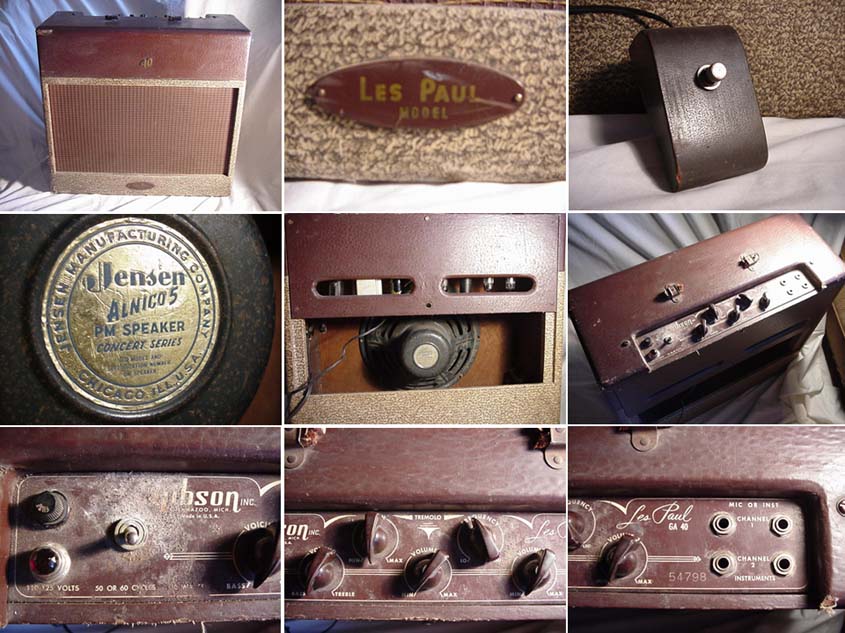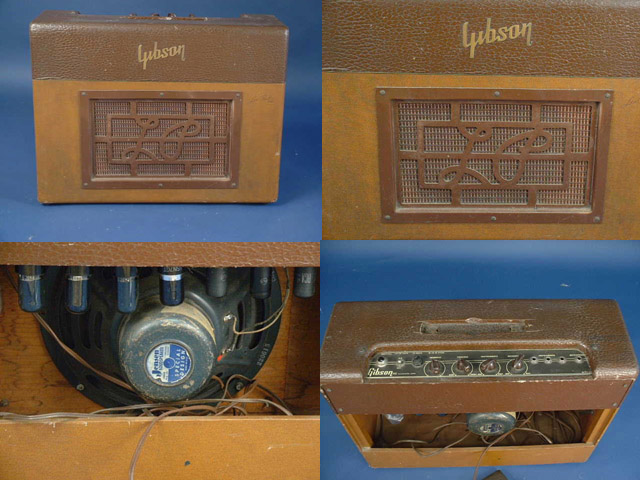Hi,
I am considering building me a Gibson GA-40 Les Paul amp clone. It seems like all the components are easily available. mercury Magnetics offers clones of the original transformers and I also found a supplier of NOS 5879 tubes.
What I didn't find is a 6DR4 tube. I never heard of it. It is used as a tremolo driver (that thing wiggles the preamp tube instead of the output tubes!) Here's a layout (I couldn't fins a schematic in good quality): http://www.chasingtone.com/schematic...0%20layout.jpg
Can that tube be substituted for something else? What's the best way to stick as close as possible to the original design?
thanks
BF
I am considering building me a Gibson GA-40 Les Paul amp clone. It seems like all the components are easily available. mercury Magnetics offers clones of the original transformers and I also found a supplier of NOS 5879 tubes.
What I didn't find is a 6DR4 tube. I never heard of it. It is used as a tremolo driver (that thing wiggles the preamp tube instead of the output tubes!) Here's a layout (I couldn't fins a schematic in good quality): http://www.chasingtone.com/schematic...0%20layout.jpg
Can that tube be substituted for something else? What's the best way to stick as close as possible to the original design?
thanks
BF



Comment